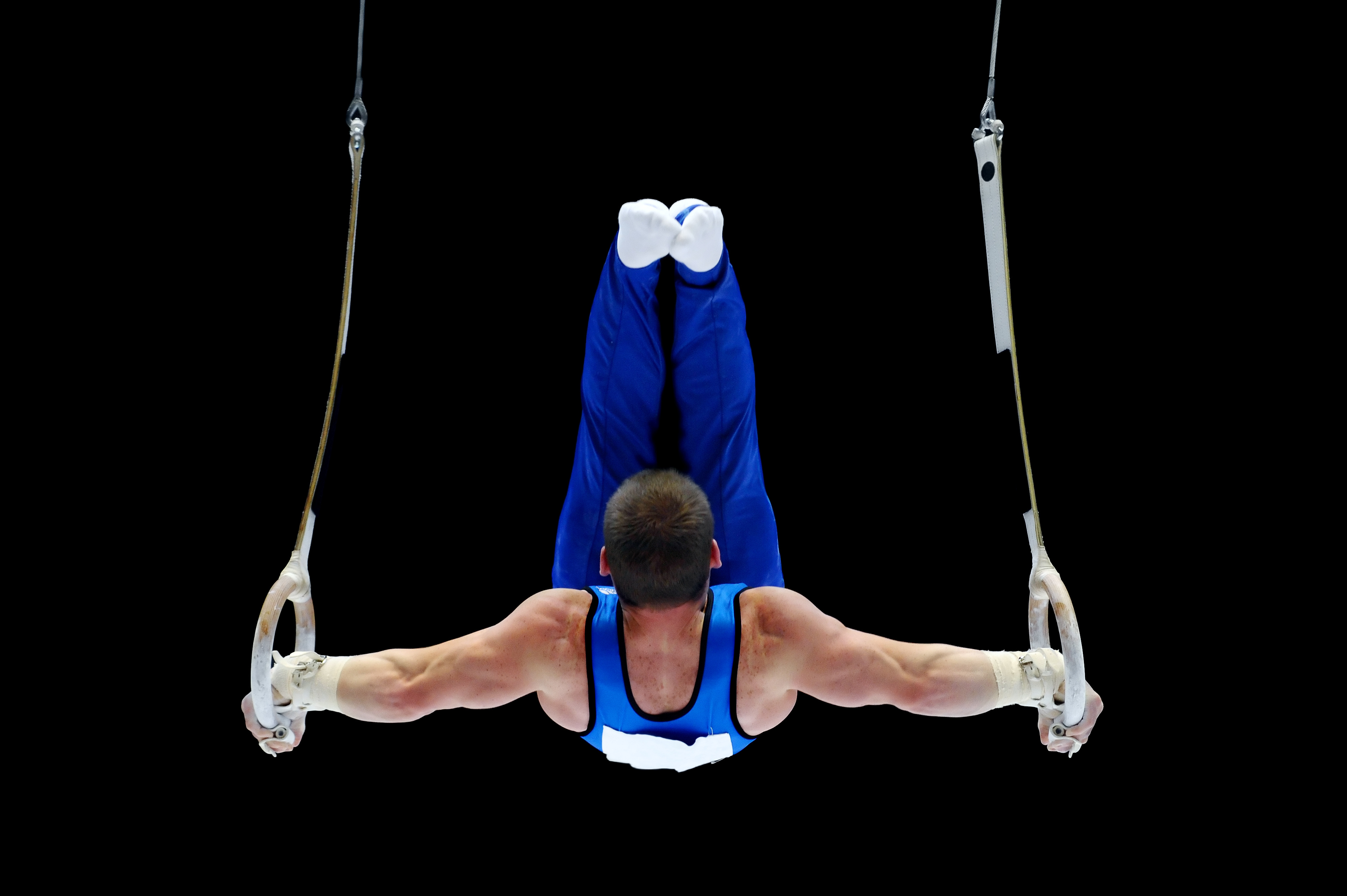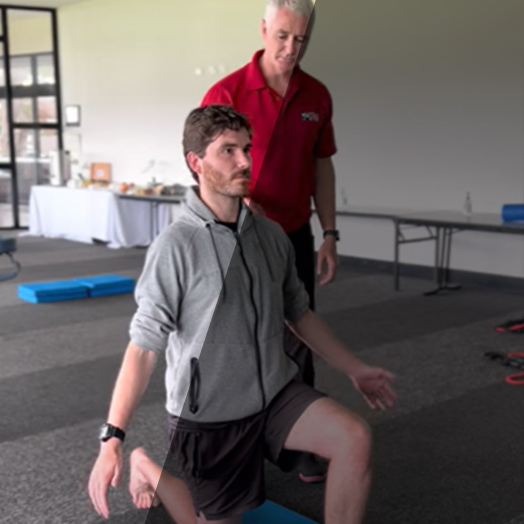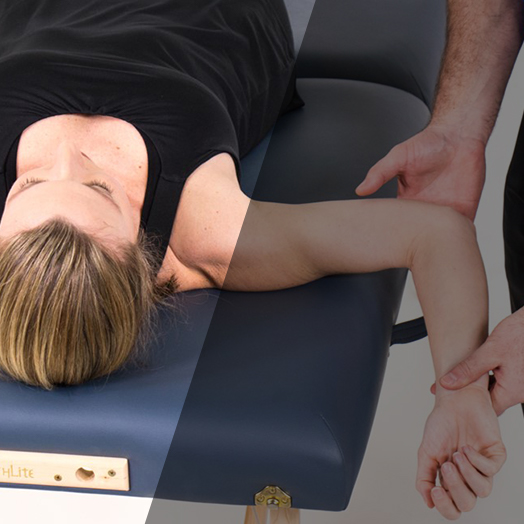SFMA Case Study: The Realities We Encounter
Written by Michele Desser SFMA
A common question that comes up at almost every SFMA Level 1 course is: How does this work with someone who has a permanent mobility restriction?
You’ll hear all our instructors say the same thing – it does not change how we assess the individual using the SFMA, but it certainly will influence how you use your findings once you move on to treatment. And this is absolutely correct, but I think there is still a lingering question as you leave the course as to what to do when faced with that scenario.
About 9 years ago, a new client, Liz, walked into my facility. My assessment, as most of our assessments do, started once she walked through the door. It was easy to notice her altered gait pattern – extreme left knee hyperextension during stance with a hip driven swing through. I was primed to work some magic and completely change how Liz was moving. Then some realities entered the picture and I had to rethink my plan of attack.
While reviewing her medical history, Liz reported a surgical procedure in 1984 to remove a melanoma on her left leg. It left a staggering depression in the posterior portion of her lower extremity near the soleus/gastroc complex.
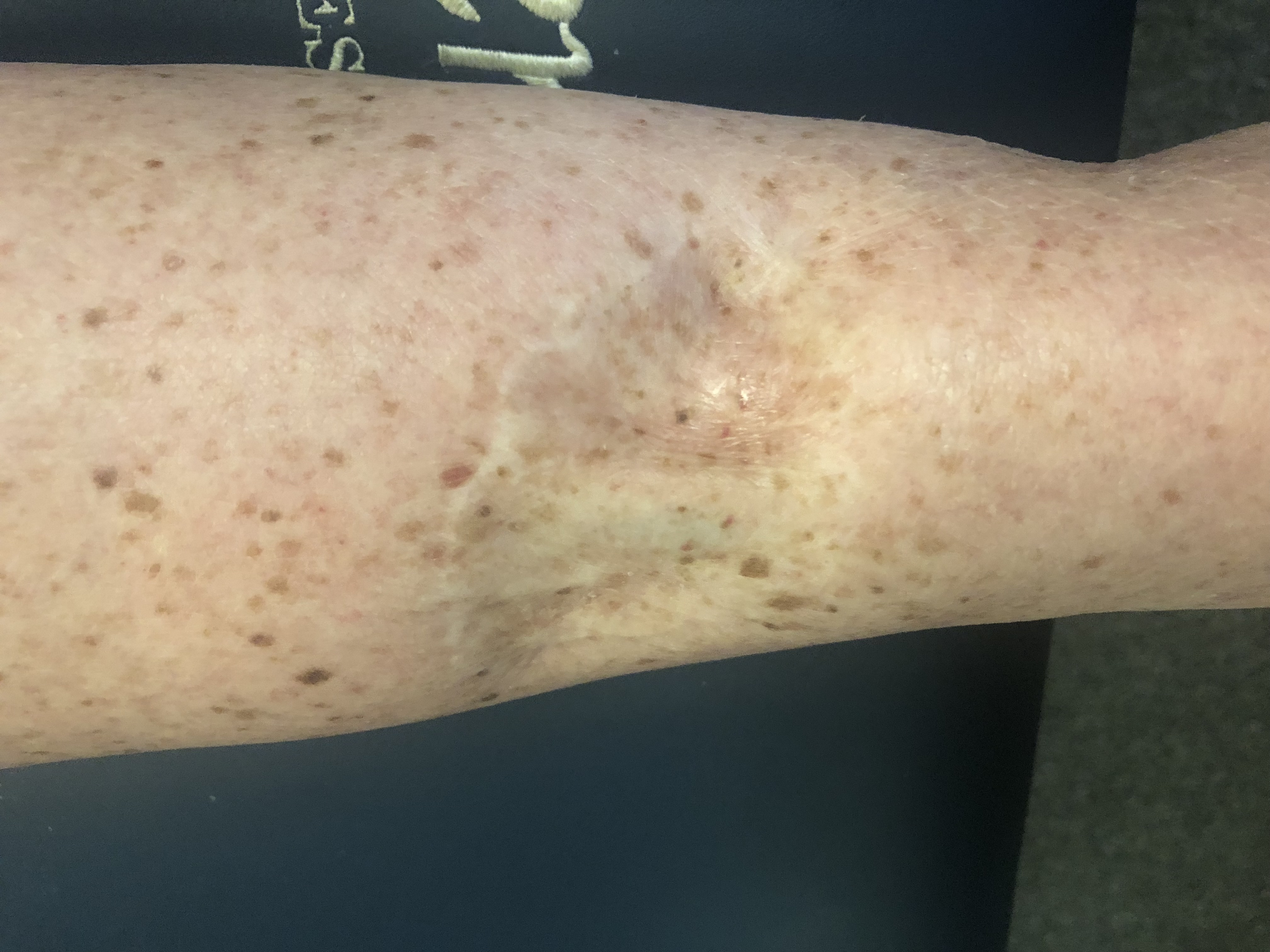
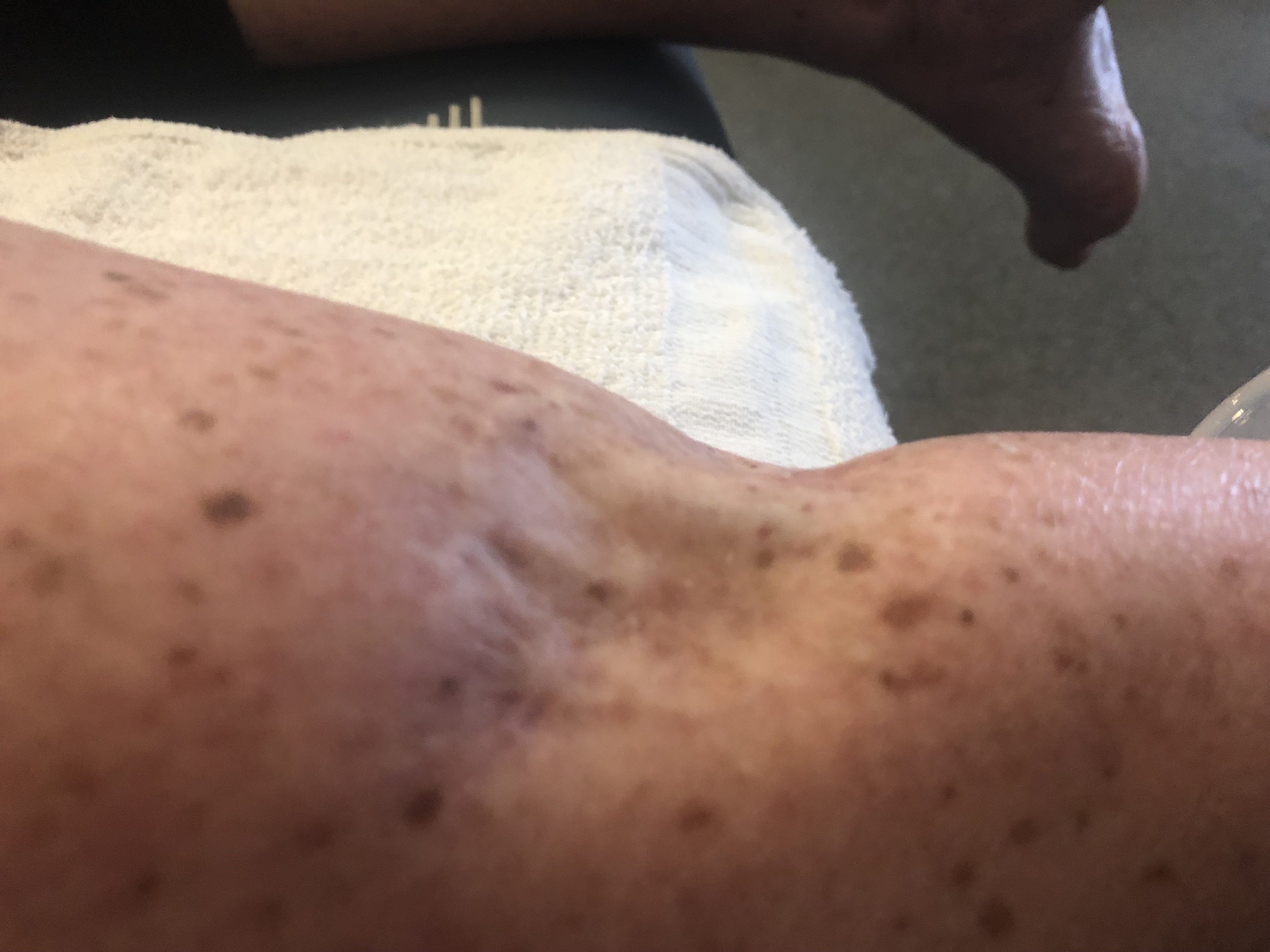
Her SFMA revealed a significant mobility restriction in left ankle dorsiflexion. I was not even able to passively attain a neutral position in her left ankle. She was unable to stand with her left foot flat on the ground. Today, 9 years later, this is her left ankle DF:
It is improved, but nowhere near what we would consider functional based on our metrics. Additional SFMA findings revealed several other mobility dysfunctions throughout her body. Liz’s main complaints were lower back pain and left hip pain.
Liz was a person in pain looking for help so she could maintain an active lifestyle. The purpose of this story isn’t to talk so much about Liz in particular, but rather to highlight some key concepts involved with the SFMA and challenges that may be encountered in a clinical setting.
The purpose of the SFMA is not to be FN top to bottom.
Surely, we would love to take an individual with dysfunctional top tier patterns and convert them to functional patterns. This is the ideal scenario. But in many cases, considerations must be made regarding why that may be unattainable. Structural changes, such as femoral anteversion, or post-surgical changes such as a fusion or scarring, are just a few examples.
The SFMA is designed to assess individuals who are experiencing pain and to help the medical provider link how their movement patterns may be contributing to their pain. The goal of the SFMA is not to be functional, non-painful (FN) top to bottom. We are simply using the SFMA as a diagnostic tool to identify areas of concern, guide treatment decisions and educate clients about how their overall system may be contributing to their pain complaints. Once the patterns are pain-free they are then moved out of the SFMA into more complex movement screening.
With Liz, her left ankle DF is not going to change. She most likely will never be FN in multiple SFMA Top Tier Patterns. I am simply using the SFMA with Liz to identify what other areas of dysfunction I can treat to reduce the overall stress to her system. I am attempting to provide her a larger “buffer zone.” This will provide her a greater opportunity to enjoy her daily activities without pain. It is a continuous battle keeping Liz pain-free due to the level of her ankle of impairment, but that is our driving treatment goal. It is not a goal to be FN in all top tier patterns. She works extremely hard to keep everything else working the best it can.
Before you say, “that’s all the mobility they have”, be sure.
One thing my clients appreciate more than anything is my ability and willingness to refer them to another team member whose skill set may be better equipped to handle their issue. We all can’t be good at everything. Sometimes a situation presents itself and we question whether or not we are getting the best results available. That questioning is extremely important. It is what drives us to become even better at what we do.
In Liz’s case, I quickly exhausted my techniques to try to regain her left ankle dorsiflexion while also addressing other areas of dysfunction. My goals were to eliminate/minimize pain, improve her quality of life, improve her gait pattern and preserve the rest of her system. Ideally, minimizing or delaying further deterioration or breakdown. I was able to make positive changes throughout treatment but questioned whether I was really at a dead end with her ankle DF or whether it was just where my skill set ended.
I referred Liz to not one, but several, different practitioners over the years in the fields of physical therapy, chiropractic, and osteopathy. I hoped that what I thought was her end range really was not. Even 5-10 more degrees of movement can change the whole situation! After many different evaluations, I am confident that Liz will not regain ankle DF without undergoing a full ankle replacement. I was not convinced with just my evaluation of it – I made sure it wasn’t just me.
We have someone’s musculoskeletal health in our hands – that’s an honor. Make sure we don’t short them.
So now what? Your client has a permanent mobility restriction. How do I use the SFMA?
In Liz’s case, it is restricted ankle dorsiflexion. In another client, it’s a 72-degree scoliosis. I also have a client who has a hardware in their lower limb. These are realities we face every day in the clinic. But these folks still want to live a pain-free active lifestyle. The SFMA helps guide my clinical decision-making to treat the system and provide individuals the best opportunity to succeed.
Let’s talk about my client who, when last measured, had a 72-degree scoliosis. What if I told you she was a Division 1 volleyball player? Her spine is never going to function as we would like it to, but over her collegiate career, we used both the FMS and SFMA to keep her playing successfully. We treated the system in an attempt to reduce the stress on the spine. There were ups and downs, as there are with any athlete, but the system gave us a road map to push towards success.
Using a system allowed me to monitor how her entire body was working during her demanding collegiate career. More than once, she experienced injury/pain and was treated by the team’s medical providers. The problem – their focus on the painful part wasn’t yielding positive long-term results. Humans do not move as isolated parts. Broadening the viewpoint to look at the system as a whole gave me an advantage. It also provided me the opportunity to respect her limitations allowing for increased success with our treatments and ultimately pain-free play.
Because they have this mobility restriction, do we never incorporate motor control retraining?
When we are focusing on motor control retraining, we are focusing on reminding the brain of a pattern it once knew or we are creating a better pattern. With this in mind, if we ask a person to go through a range of motion they do not have available to them, we are in essence asking them to compensate. I think that is such an important statement I’m going to say it again – if we ask an individual to go through a motion they do not have available to them, we are creating a situation in which they will have to compensate.
At no point in time with Liz have I ever asked her to work on dorsiflexion exercises with the left ankle. She cannot dorsiflex. I cannot dorsiflex for her. If I ask her to dorsiflex, she will not be able to do it unless she cheats! This is just wasted time when she could be working on areas that will benefit her.
Treating mobility deficits, followed with motor control drills at the right ankle, hips, thorax, and even cervical region have been huge priorities. I’m trying to set her up for success when she is weight-bearing. Does she have full range of motion in all these other areas? No. But I make sure to keep her within ranges she does have and teach her how to control these ranges. She retrains these motions within a safe bandwidth.
Many of the individuals we work with have long standing mobility impairments preventing them from full range of motion. Retraining them within the range they have is very valuable for long term movement pattern maintenance. As we gain more range of motion, increase the bandwidth and monitor their movement patterns!
Use the SFMA for folks experiencing pain. Once that pain is resolved, move them into the FMS!
Not everyone will have the opportunity to move perfectly, but we can optimize their movement patterns by following the system. The SFMA helps us identify the possible cause of the pain they are experiencing and allows us to clinically treat the proper regions. Once their pain is resolved, progress to higher level testing such as the FMS – incorporating combined patterns that better mimic how we move in real life. As medical providers we can use the SFMA to help improve their FMS patterns. We have the clinical skill set to assess the patterns – use it! The goal is optimized, pain-free movement. Moving forward to the FMS does not mean we can’t use what we know from the SFMA to help us intervene.
Liz’s quality of life has not been sacrificed because of her ankle limitation. She’s out traveling and doing all the activities she enjoys. We were able to get to this place because we considered how her entire body was moving, without just focusing on the one problem area. She will not be FN with SFMA Top Tier patterns, but she is pain-free, and that was always the priority.
Author
 Michele Desser is a Certified Athletic Trainer for the National Athletic Trainers Association. She comes from a strong background of injury prevention, rehabilitation, movement assessment and performance training. Her expertise in the areas of Junior’s, Movement Assessment and Correction, Strength Development, Speed Development and Golf Training allows her to help her clients achieve optimal mobility and stability patterns of movement. She has served as the training and movement assessment practitioner for the TPI Experience Team at the Titleist Performance Institute in Oceanside, CA. Michele received her Athletic Training education at the University at Buffalo.
Michele Desser is a Certified Athletic Trainer for the National Athletic Trainers Association. She comes from a strong background of injury prevention, rehabilitation, movement assessment and performance training. Her expertise in the areas of Junior’s, Movement Assessment and Correction, Strength Development, Speed Development and Golf Training allows her to help her clients achieve optimal mobility and stability patterns of movement. She has served as the training and movement assessment practitioner for the TPI Experience Team at the Titleist Performance Institute in Oceanside, CA. Michele received her Athletic Training education at the University at Buffalo.

